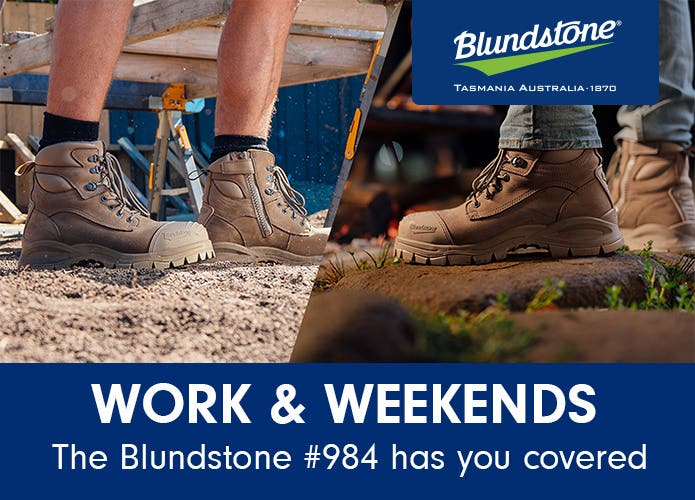- 11 October 2021
The Future of Prefab Construction
Off-site is outta sight: a futurist and a factualist look ahead at the 2021 PrefabAus conference
Mirvac’s David Haller wants you to challenge preconceptions about prefabrication.
Haller, who is National Operations Manager of the Masterplanned Communities construction division at Mirvac Group is many things: an experienced operator; a data-driven industry innovator; the owner of a smartly trimmed goatee straight from the 1990s Australian middle order. But most of all he’s a man on a mission to bring prefab into the next century.
Speaking at September’s 2021 PrefabAus conference – an online-only event, thanks to COVID-19 – Haller offered insight into the huge potential that the giant Australian property group sees in prefab construction.
“We’ve learnt a lot over a long period of time, having done almost 200 homes worth of prefab in various ways,” he said. “We’ve been trying to bring prefab to mainstream for a while.”
Other speakers, particularly leading futurist Steve Sammartino, used broader brush strokes. Sammartino is 3D printing what he calls “the world’s most modern house” on his farm at Geelong. “The smartest device in your home in 10 years from now will be your toilet,” he enthused. “It will be your health partner!”
Here are a few of their other key takeaways – both fun and functional.
Prefab’s impressive statistical proofs
Some benefits of prefabrication – such as time saved on site – are obvious. While the actual cost of producing prefab residential walls remotely, for example, isn’t cheap, the supplementary benefits stack up. Especially for developers.
Mirvac built eight homes side-by-side in Doncaster, Victoria, in 2020: four with prefab walls and floor cassettes; four constructed traditionally. The prefab builds were completed seven weeks sooner, generating 50 per cent less waste. “With the prefab homes, we had almost 1,000 hours less trade time required on the site,” says Haller. “And a 42 per cent reduction on use of scaffold and high-risk work.”
COVID-19’s changes are permanent, modularity is the answer
Traditional – and often loathed – ‘cube farm’ offices won’t come back, says Sammartino.
“We will never, ever go back to fulltime offices,” says the Victorian futurist, so there will be a permanent shift where we reconfigure all of those buildings. In New York and London, he says, we’re already seeing modularity happen in this way.
“[Now] we can expect something to be a café in the morning, an office during the day, and a nightclub during the night… and a pop-up shopping centre, in the same building in the same space,” he says. “And houses will change their shapes too. We need to have moveable walls to change their shape.
Prefab’s success depends on consumer demand
So the industry has to make a rock solid case for it – especially in terms of aesthetics. “One of the bigger things we’ve learnt is that there are unfortunately a lot of negative stigmas around about prefab,” said Haller. “We really do need to ensure that there is a lot of respect for the architectural outcome” – the design – “of these homes.” In short: they have to look customisable, bespoke, and speak to individuals.
Bonus side benefit: mental health
The speed and relative simplicity of expensively prefab builds can help relieve too-often overlooked stresses on managers. “Mental health is actually a real concern in the construction industry, and by reducing the risk on site [and] reducing the amount of tasks to be managed is also reducing the levels of stress for our team,” says Haller. In another Mirvac case study, including bathroom pods in a 26-home build reduced admin emails by a staggering 94 percent. That’s a load off anyone’s mind.
3D printing is a gold mine for pressure washers
“3D printing with construction is going to go in two important areas: high-complexity and high speed,” says Sammartino. “The middle ground will go to other forms of prefab, but think about beautiful buildings with facades from the early 1800s – that can come back, because complexity comes for free.” Good luck washing those walls without a Gerni.


























